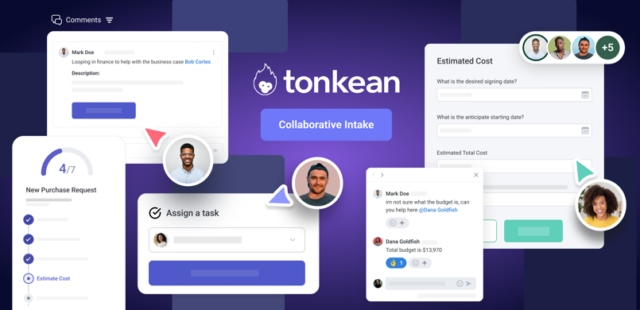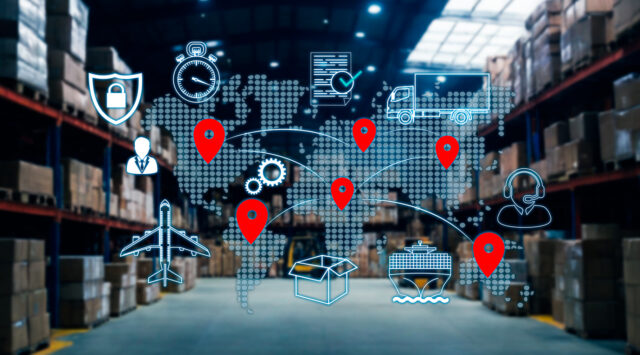Traditional procurement suites are the Swiss Army knife of the supply chain, performing a decent number of functions perfectly adequately. But in procurement today, adequate is not good enough.
Procurement is undergoing a revolution. Where once it was about little more than delivering products or raw materials, the trend towards outsourcing ever-more aspects of business has significantly expanded the definition of “supplier”, as these supplier relationships are far more complex, multifaceted and strategic than ever before. These relationships are no longer simply about buying and selling but now encompass factors such as collaboration, innovation, risk management, and sustainability, alongside traditional functions such as transportation, invoicing and requisitioning tools. The relationships are now user-centric, by culture and role, requiring a multitude of tools and user interfaces to meet the dynamic needs of our internal customers and partners.
Big procurement suites simply aren’t designed for these new supplier relationships. While they might be able to address some of these needs with existing functionalities, many of these suites’ functionalities are akin the horses’ hoof-pick you find on a Swiss Army knife – more likely to be used for a different job than the one for which were designed.
From suites to apps
The Swiss Army knife used to be on every schoolboy’s Christmas wishlist, but today’s children will likely demand a far more functional piece of kit: an iPhone, on which they can download any number of apps designed for a specific purpose. And that’s precisely the way we need to think about procurement technology.
If you want a glimpse of the future of business software – not just procurement, but all enterprise IT – then the iPhone and its wider ecosystem is a great place to start. For years consumers have been told that for any conceivable need, “there’s an app for that”; however, a similar revolution is only just beginning to be felt in the business world.
In fact, I’d say that today we’ve only seen about one per cent of the impact that the app model will bring to the enterprise space. While we shouldn’t be surprised by that – after all, business ecosystems move much more slowly, encompass greater risk and have higher barriers to change – this is now changing.
One of the biggest drivers for this transformation is that the deeper and more complex relationships between businesses and their suppliers necessitate new tools. With suppliers becoming central to business strategy, organisations require specific apps that enable experts in a wide variety of roles to collaborate and share information more effectively than ever before.
Building the procurement app ecosystem
Consumer apps’ rise to ubiquity provides several important lessons for the enterprise world. First, businesses must make apps the default means of connectivity for relationships with suppliers. As we’ve come to expect in our personal lives, people need to be connected all the time, and for these connections to be free. Consumers take this for granted for messaging, music, retail and much else; in time, this will become so embedded in business that we’ll wonder how we ever survived with monolithic software suites.
Secondly, we need to stress that we’re talking about apps rather than applications. The latter are huge pieces of software that require complex installation and integrations, and generating monopolies that lasted decades. Apps on the other hand are small, dynamic, high value and user-centric, with practical utility, not size, as the deciding factor. Apps are enabled by powerful platforms that provide far more than the last generation of operating software — think location, sensors, cameras, and mobility all built-in.
Next, businesses must adopt a mindset of curation rather than the customisation they have been used to with traditional procurement suites. Instead of spending endless time configuring and tweaking applications to fit our workflows, the dizzying and fast-changing range of relationships and associated workflows demands a large library of apps with embedded collaboration functions.
The final lesson from the world of consumer apps is that technology never stands still. Unlike traditional software suites which change little from iteration to iteration, enterprise app stores enable businesses to harness the latest advances in AI, virtual / augmented reality, predictive analytics and other new technologies that will transform procurement while deepening relationships with suppliers.
What ought to be clear is that an app-first approach to procurement isn’t about doing the same things better: it’s a matter of technology supporting the move from the transactional towards the strategic. As automation takes care of more day-to-day activities in the supply chain traditional procurement suite will pass into history, replaced by an app ecosystem that will herald a new era of insight and collaboration.











